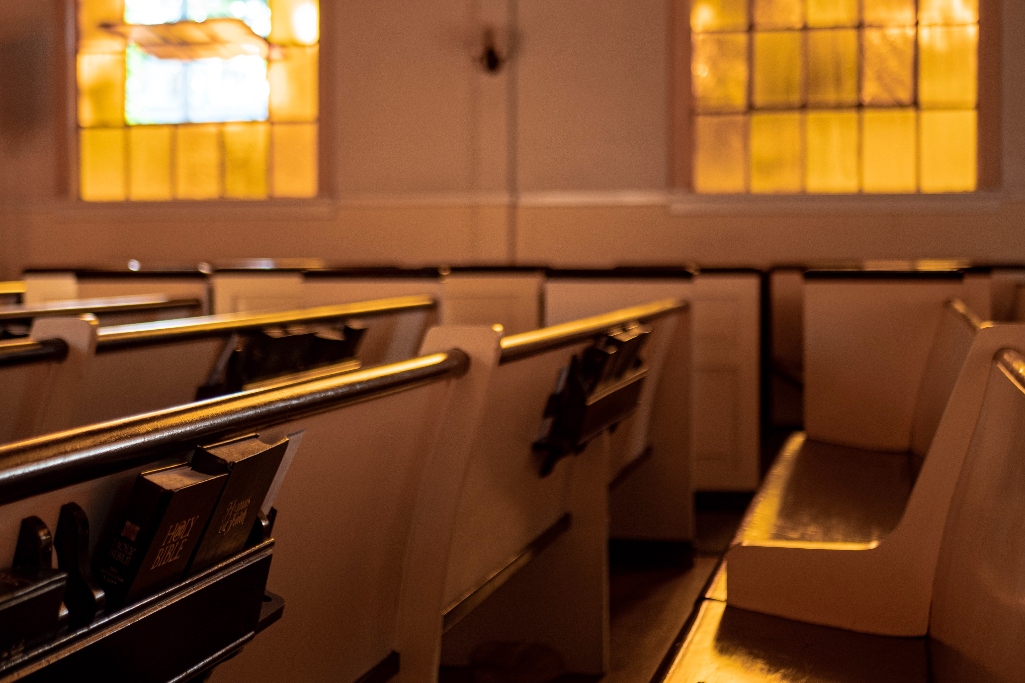
When thinking about the number of people attending their church each week, the experience of the average pastor is vastly different from that of the average churchgoer.
The most recent Faith Communities Today (FACT) study revealed 7 in 10 U.S. congregations have 100 or fewer weekly service attendees. The average U.S. congregation sees 65 people gather each week.
Similarly, the most recent National Congregations Study (NCS) found the median congregation in the U.S. welcomes 70 regular participants, including adults and children, and has an annual budget of $100,000. At the same time, however, the NCS found the average churchgoer worshiped in a congregation with 360 regular attendees and a $450,000 budget.
“In a nutshell, the largest 9% of congregations contain about half of all churchgoers,” according to the most recent National Survey of Religious Leaders (NSRL) report. Additionally, much of the money and staff are also concentrated in those larger churches.
The NSRL report found the average clergy person leads a congregation with only about 50 regular participating adults, while the clergy person serving the average churchgoer leads a congregation with about 245 regular churchgoers.
A recent Lifeway Research study of U.S. Protestant churches found this is unlikely to change any time soon. Churches are split between those that are growing by at least 4% in their worship attendance over the past two years (52%) and those that are either plateaued (33%) or declining by at least 4% (15%).
In general, however, the large churches are growing larger and the smaller ones keep getting smaller. Congregations with more than 250 in attendance (62%) and those with 100 to 250 (59%) are more likely than churches with 50 to 99 in attendance (45%) and those with fewer than 50 (23%) to be growing.
Small church strengths and challenges
The NSRL report identified ways this reality is shaping and will shape congregational life and may lead to significant challenges.
Most future pastors will come from larger churches, since that’s where the majority of churchgoers attend. But most of the pastoral jobs will be in small churches, since that’s the majority of congregations.
According to the NCS, around 70% of full-time ministerial staff and 80% of part-time ministerial staff were employed by congregations with fewer than 360 people. This means only about a quarter of clergy serve in the largest 9% of churches that contain about half of all churchgoers.
There are unique advantages within smaller congregations. On average, they have high levels of member commitment. These average-sized churches have greater percentages of members attending weekly worship, more per capita giving, higher rates of volunteering among churchgoers, and a higher percentage of giving toward missions and charity.
But they often face specific challenges with a less secure financial future, a higher percentage of elderly attendees and a smaller chance to grow.
A Lifeway Research study found pastors of churches with 50 or fewer worship service attendees are most likely to believe their church will no longer exist in 10 years.
To avoid joining the growing number of church closures, small church pastors will need to find ways to leverage their strengths and overcome their challenges.
(EDITOR’S NOTE — Aaron Earls is a writer for LifeWay Christian Resources. This article was originally published at research.lifeway.com. Used by permission.)


